| |
|
|
Botanical Name |
: |
Gleditsia triacanthos L. |
English
Name |
: |
Honey locust, Thornless common honey-locust |
Synonym(s) |
: |
Gleditsia triacanthus inermis, Gleditsia triacanthos var. inermis (L.) Schneid. |
Family |
: |
Fabaceae |
| |
General Info
| Description |
 |
|
A tree up to 45 m tall, branches armed with simple or branched, flat thorns. Leaves up to 20 cm long, bipinnate with 4—16 pairs of pinnae, or pinnate and 14—32-foliolate, leaflets oblong-lanceolate, 4 cm x 1.5 cm, sparsely crenulate. Inflorescence a downy raceme up to 7 cm long, flowers 3 mm diameter, green, staminate flowers preponderant, bisexual flowers with a pedicel up to 8 mm long. Fruit flat, falcate, twisted, 45 cm x 4 cm, dark shining brown, many-seeded. Seed 9 mm x 5 mm, embedded in pulpy tissue. |
| Herb Effects |
 |
|
Acts as anodyne. |
Chemistry
| Active Ingredients |
 |
|
(+)-Catechin, glucose, leucocyanidin (fruit); acetic acid, galactose, mannose (seed); fisetin, fustin (wood); glucuronic acid (resin, exudate, sap); tannin (leaf) |
| Chemistry
of Active Ingredients |
 |
|
|
 |
Name |
CAS# |
IUPAC Name |
Formula |
Structure |
 |
|
| (+)-Catechin |
5323-80-8 |
2-(3,4-dihydroxyphen
yl)chroman-3,5,7-tri
ol |
C15H14O6 |
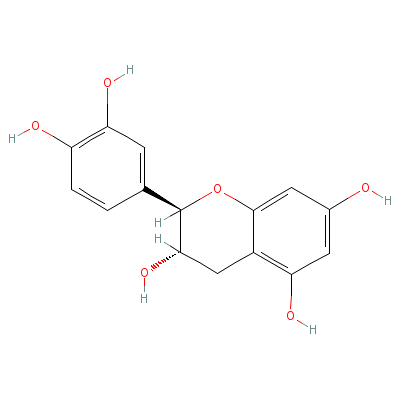
|
| Glucose |
8030-23-7 |
(3R,4S,5R,6R)-6-(hyd
roxymethyl)oxane-2,3
,4,5-tetrol |
C6H12O6 |
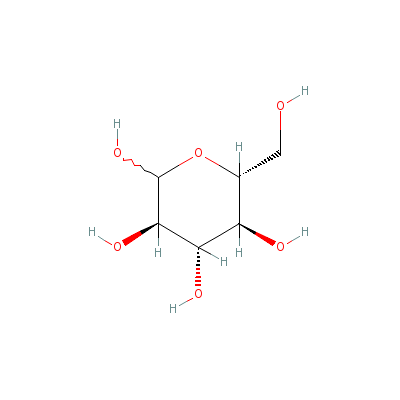
|
| Leucocyanidin |
480-17-1 |
2-(3,4-dihydroxyphen
yl)chroman-3,4,5,7-t
etrol |
C15H14O7 |
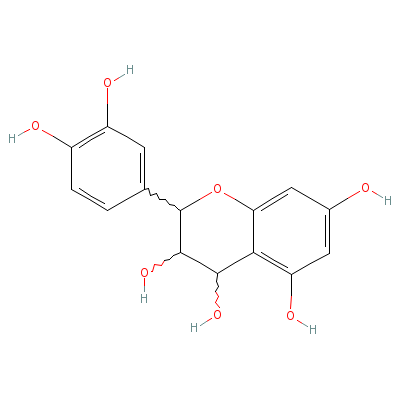
|
| Acetic acid |
77671-22-8 |
acetic acid |
C2H4O2 |
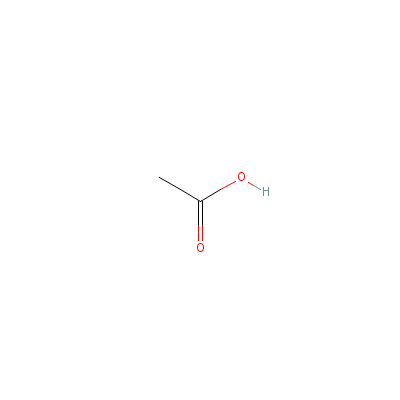
|
| Galactose |
3646-73-9 |
6-(hydroxymethyl)oxa
ne-2,3,4,5-tetrol |
C6H12O6 |

|
| Mannose |
40866-07-7 |
(3S,4S,5R,6R)-6-(hyd
roxymethyl)oxane-2,3
,4,5-tetrol |
C6H12O6 |
|
| Fisetin |
Not available |
2-(3,4-dihydroxyphen
yl)-3,4-dihydroxy-ch
romen-7-one |
C15H10O6 |
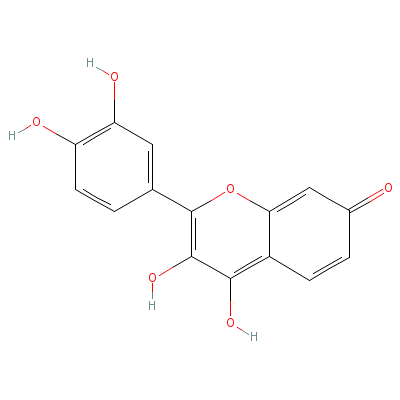
|
| Fustin |
Not Available |
2-(3,4-dihydroxyphen
yl)-3,7-dihydroxy-ch
roman-4-one |
C15H12O6 |
|
| Glucuronic acid |
87246-82-0 |
(2S,3S,4S,5R)-2,3,4,
5-tetrahydroxy-6-oxo
-hexanoic acid |
C6H10O7 |
|
| Tannin |
1401-55-4 |
Not Available |
C27H22O18 |
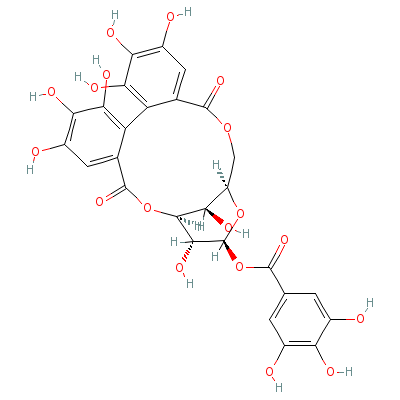
|
|
Pharmacology
| Medicinal Use |
 |
|
Used for dyspepsia and measles (pods); to cure diarrhoea (decoction of dried pods); for blood disorders, coughs, colds, fevers, smallpox and measles (bark); for whooping coughs (infusion of bark). |
Dealers
Products
|
|